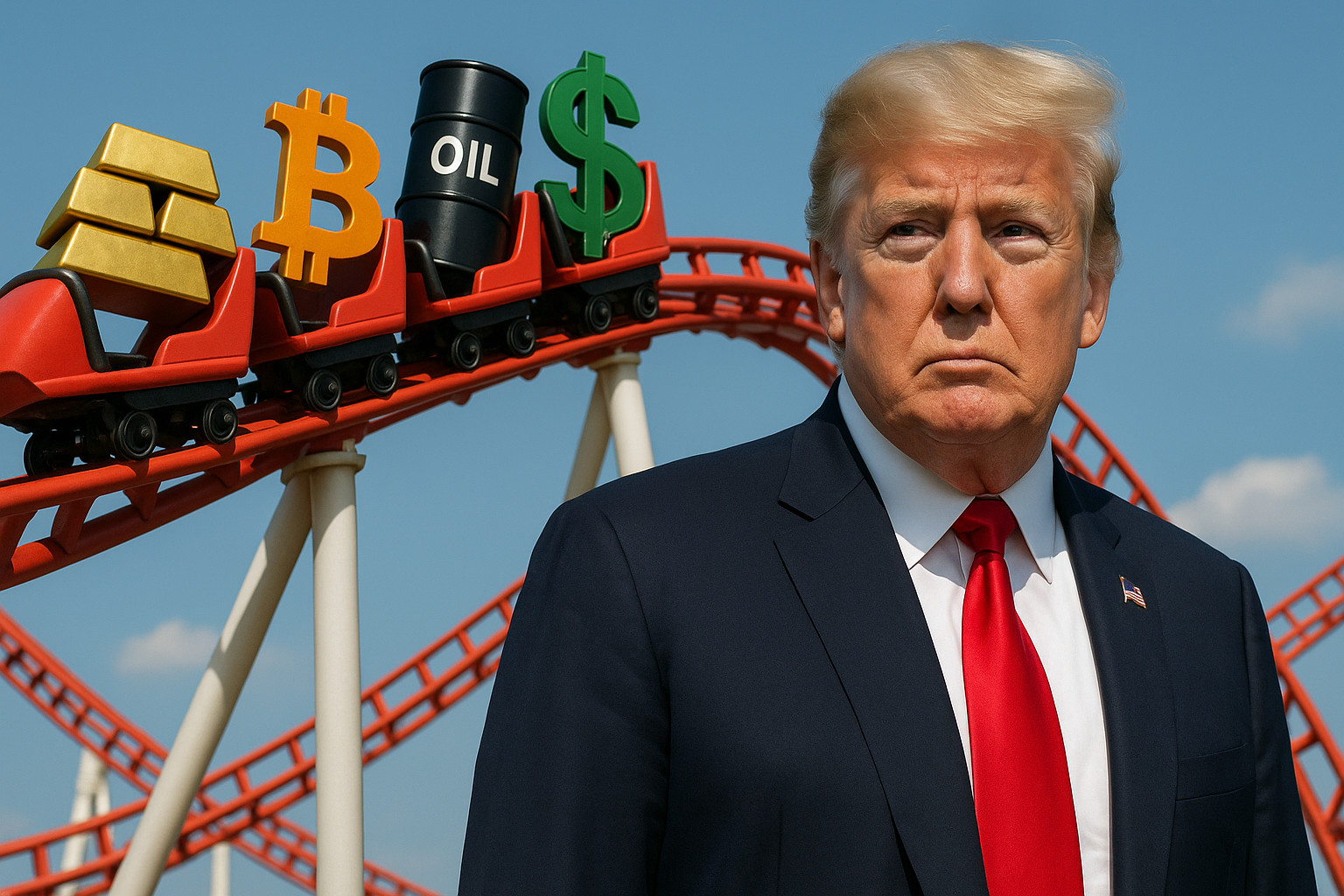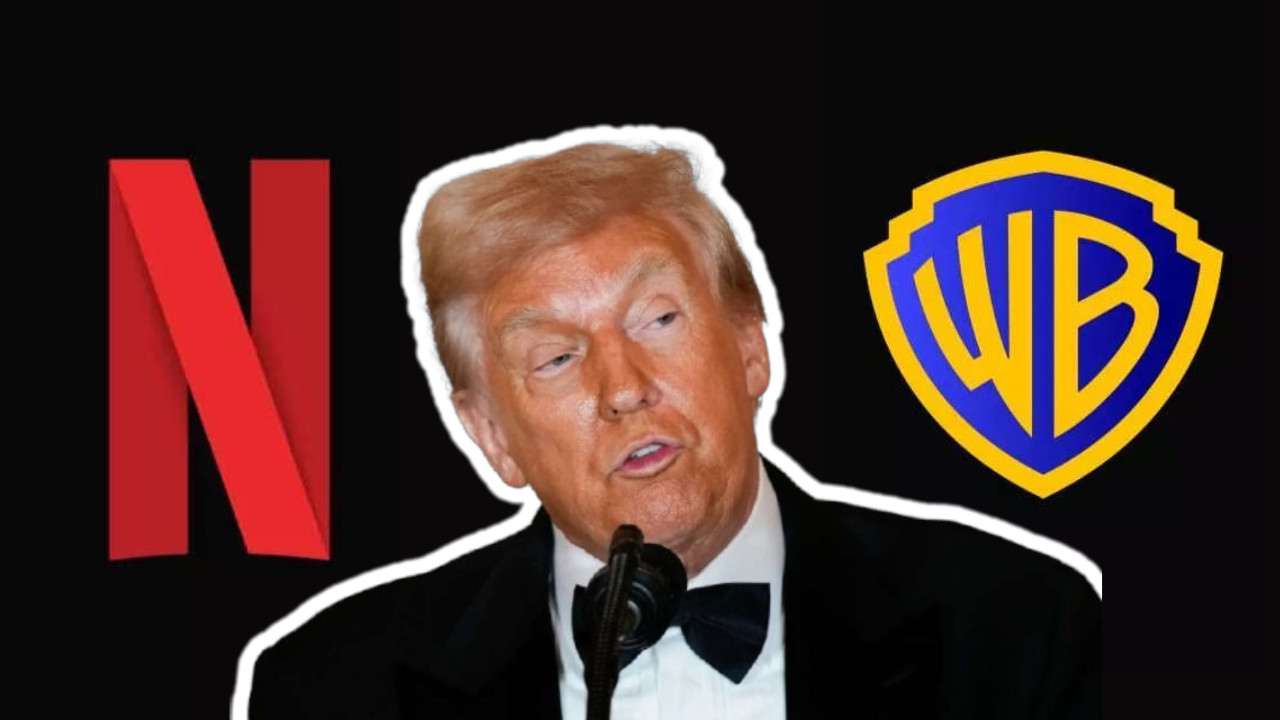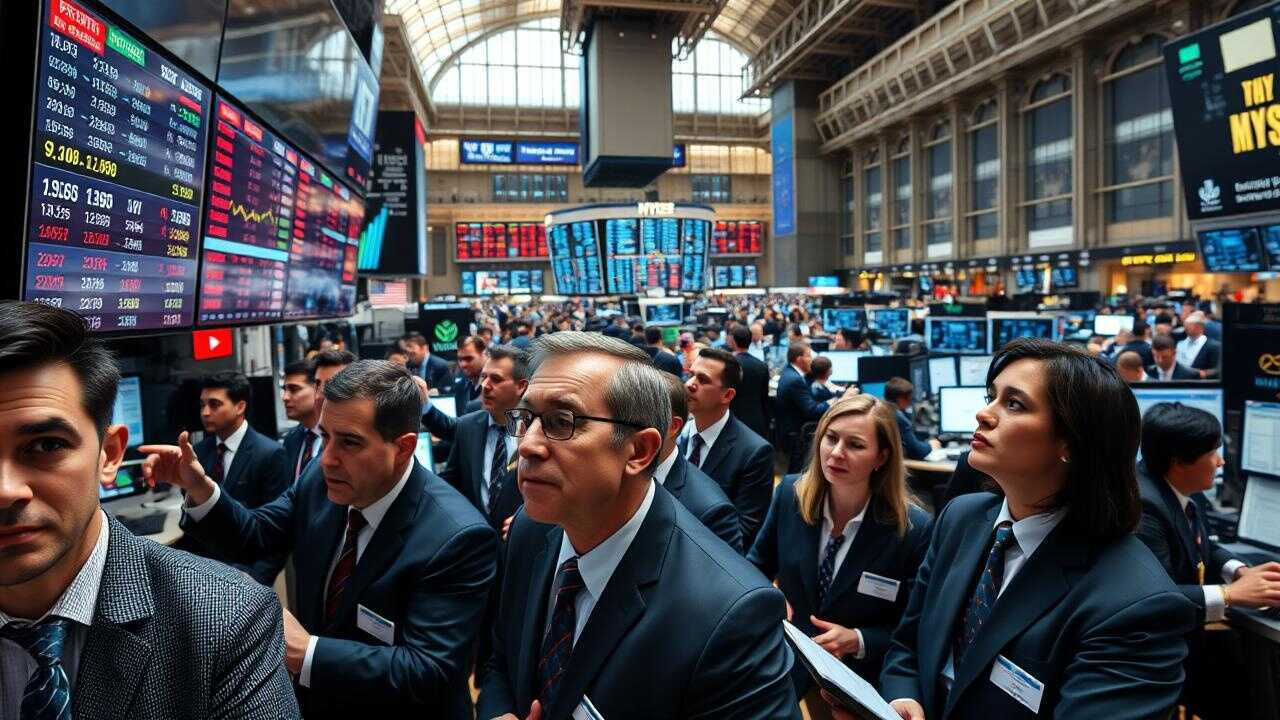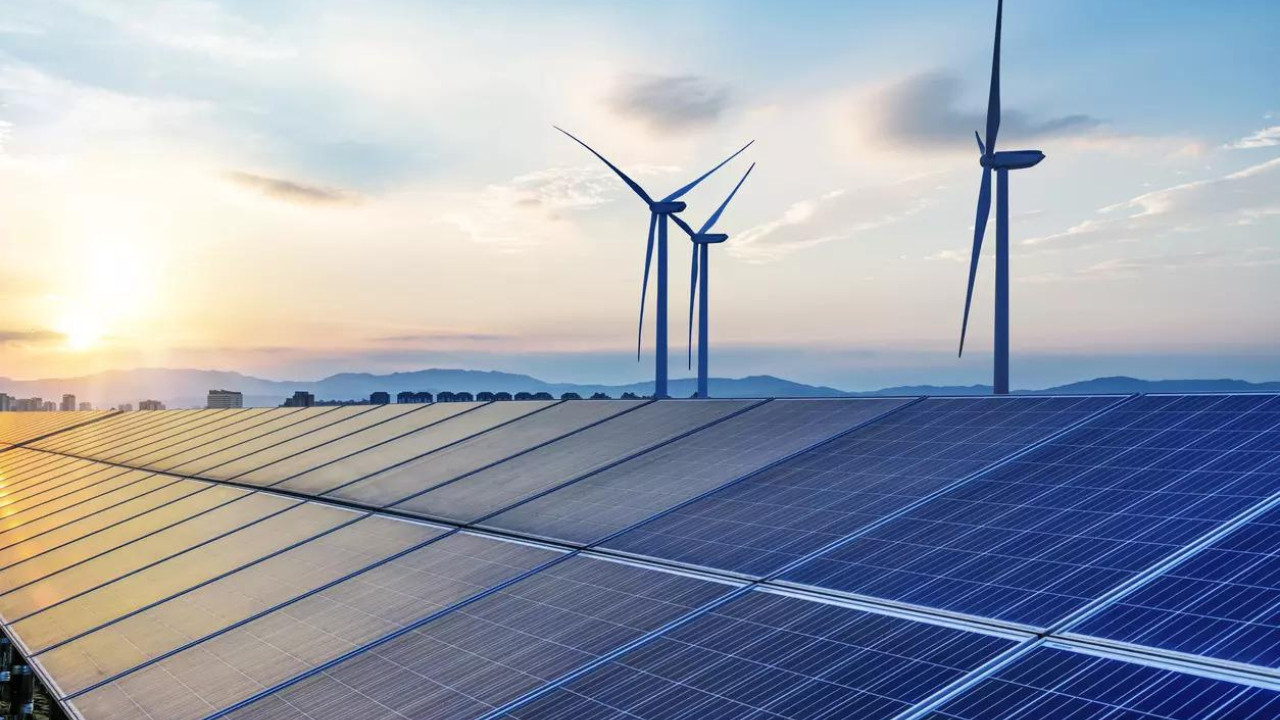Since Donald Trump’s presidency began five months ago, global financial markets have experienced significant volatility. US stocks are underperforming compared to European markets, while the dollar has sharply declined against the euro. Concerns about rising US debt are growing, impacting investor confidence. Oil prices initially fell due to economic slowdown fears but have rebounded amid Middle East tensions.
Okay, buckle up, because we’re about to take a trip down memory lane – specifically, a very recent memory lane paved with tweets, tariffs, and a whole lot of economic uncertainty. Remember back in early 2017, when Donald Trump was just settling into the Oval Office? Remember that feeling of… well, something big was about to happen? You weren’t wrong. His economic policies, often dubbed “Trumponomics,” definitely kicked off a wild ride for global markets. Let’s unpack it, shall we?
The initial reaction was… well, it was a sugar rush. A massive tax cut, remember that? Corporations practically threw confetti. The Dow Jones Industrial Average (remember that?) shot up like a rocket. The idea was simple: pump money into the economy, businesses would invest, jobs would be created, and everyone would be happier than a clam at high tide. And for a little while, it seemed to work. Optimism was bubbling. Confidence was high. It felt, dare I say it, almost…easy?
But, like any sugar rush, the crash was inevitable. And the culprit? Tariffs. Oh, the tariffs. Trump’s America First agenda took a decidedly protectionist turn. He slapped tariffs on steel, aluminum, and a whole host of other goods coming from China, Europe, and even close allies like Canada. The goal? To bring manufacturing jobs back to the US and reduce the trade deficit. The reality? A lot more complicated.
Think of it like this: suddenly, the cost of raw materials for American businesses went up. Some companies absorbed the cost, eating into their profits. Others passed it on to consumers, leading to higher prices at the checkout. And then, the inevitable happened: retaliatory tariffs. Other countries hit back with their own tariffs on American goods. Farmers, in particular, felt the pinch as export markets dried up. Soybeans, corn, pork – you name it, they were affected.
Remember all that optimism? Poof. Gone. The stock market, which had been riding high, started to wobble. Uncertainty became the new normal. Businesses held back on investments, unsure of what the future held. Supply chains were disrupted, costs were inflated, and the global economy began to feel the strain. It was like watching a carefully constructed Jenga tower slowly start to lean, brick by painful brick.
And it wasn’t just the tariffs. Trump’s unconventional approach to international relations also played a role. He challenged long-standing trade agreements, questioned the role of international organizations, and generally threw a wrench into the established global order. This created a climate of unpredictability that spooked investors and added to the overall sense of unease. Think about it: Would you want to invest heavily in a market that felt like it was being actively destabilized? Probably not.
Now, to be fair, it wasn’t all doom and gloom. Some argued that Trump’s policies forced countries to the negotiating table, leading to potentially fairer trade deals. The tax cuts, while controversial, did provide a short-term boost to the economy. And, let’s not forget, the unemployment rate remained low for much of his presidency.
However, the lasting legacy of Trumponomics seems to be one of volatility and disruption. The tariffs, while intended to protect American jobs, arguably did more harm than good, driving up costs and creating uncertainty. The trade wars with China dragged on for years, impacting global growth and contributing to a sense of economic instability.
So, what’s the takeaway? Well, it’s a complicated picture. Trumponomics was a bold experiment, a deliberate attempt to shake up the global economic order. Whether it ultimately succeeded is a matter of debate. But one thing is clear: it definitely triggered a wild ride, one that left global markets shaken and investors wondering what the future held. It’s a period that provides valuable lessons about the interconnectedness of the global economy, the importance of predictable policies, and the potential consequences of protectionism. We can’t ignore the rollercoaster that Trumponomics put us all on because in understanding that ride we can make sure we aren’t getting back in the front seat anytime soon.







